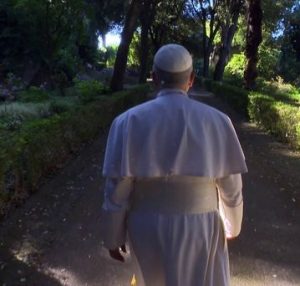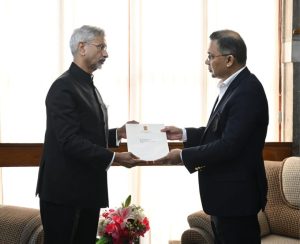India’s dust challenge; Jajpur in Odisha battles coal-loaded trucks trails

By Baijayanti Rout
Bhubaneshwar, February 2: The irate locals in Jajpur in Odisha said that the frequent use of hundreds of coal-laden trucks had severely harmed the rural roads, preventing even bicycles from using them for commuting. The villagers of eight panchayats in the Tomka region of the Jajpur district are enduring misery as a result of the 24-hour transportation of trucks carrying coal to railroad sidings.
The commuters’ nightmare is made worse by the coal dust that continues flying from driving coal-laden trucks as the roads are littered with potholes and craters. Children who attend school suffer the most. Apart from that, trees and houses along the road are covered in a thick coating of black dust. Vegetable and paddy crops covered with dust are unsuitable for human consumption. Without success, the affected communities have demanded a solution to this issue. “The locals, frustrated with the lack of action from the local government, threatened to start a protest if nothing is done to alleviate their pain. The shipment of coal has made life terrible for us. I want the transportation of coal to end permanently,” said local resident Binati Mahanta.
The true difficulty emerges when there is a need to transport a sick patient to the hospital, claimed local people. “We are unable to get a patient to the hospital because ten-wheelers carrying coal frequently block the route. We want an end to the transportation of coal,” he added.
The existing directive states that no coal shall be transported between 9 and 10 am. However, this has been ignored. “Our kids don’t want to go to school. Water sprinkling just makes our problems worse. Accidents are also being caused by the slippery roadways, according to local residents. The coal dust and precipitation into paddy fields has severely hampered paddy production. A growing number of people are developing ailments. We want the shipping of coal to cease immediately,” said a local resident.
According to Dr. GC Khilnani, former head of the pulmonary and sleep medicine department at the All India Institute of Medical Sciences (AIIMS), New Delhi, said: “Not only local people are suffering from coal dust but also miners regularly breathe coal dust; it accumulates on the lungs over time, turning them black. Miners also suffer from silicosis, which is the accumulation of silica in the lungs, resulting in scarring of lung tissues.”
The miners are also at danger of acquiring chronic obstructive pulmonary disease (COPD), which is characterised by significant inflammation of lung tissues that results in restricted airflow. Miners exhibit symptoms such as frequent coughing, shortness of breath, heavy breathing, wheezing, and so on. They are more likely to get Tuberculosis. The health harm for persons working in the mining sector and local people nearby area are generally significant and frequently not treated since the damage done by the time they reach a health centre is irreversible. Most of these lung disorders have no cure, thus supportive therapy to alleviate symptoms is the sole alternative.
The government needs to take the appropriate measures and check that region often. A quick inspection by the Odisha State Pollution Control Board is required. The degree of pollution should be taken into account when taking precautions.
(Author is PhD scholar, Centre for studies in Economics and planning, School of Social Sciences, Central University of Gujarat)







